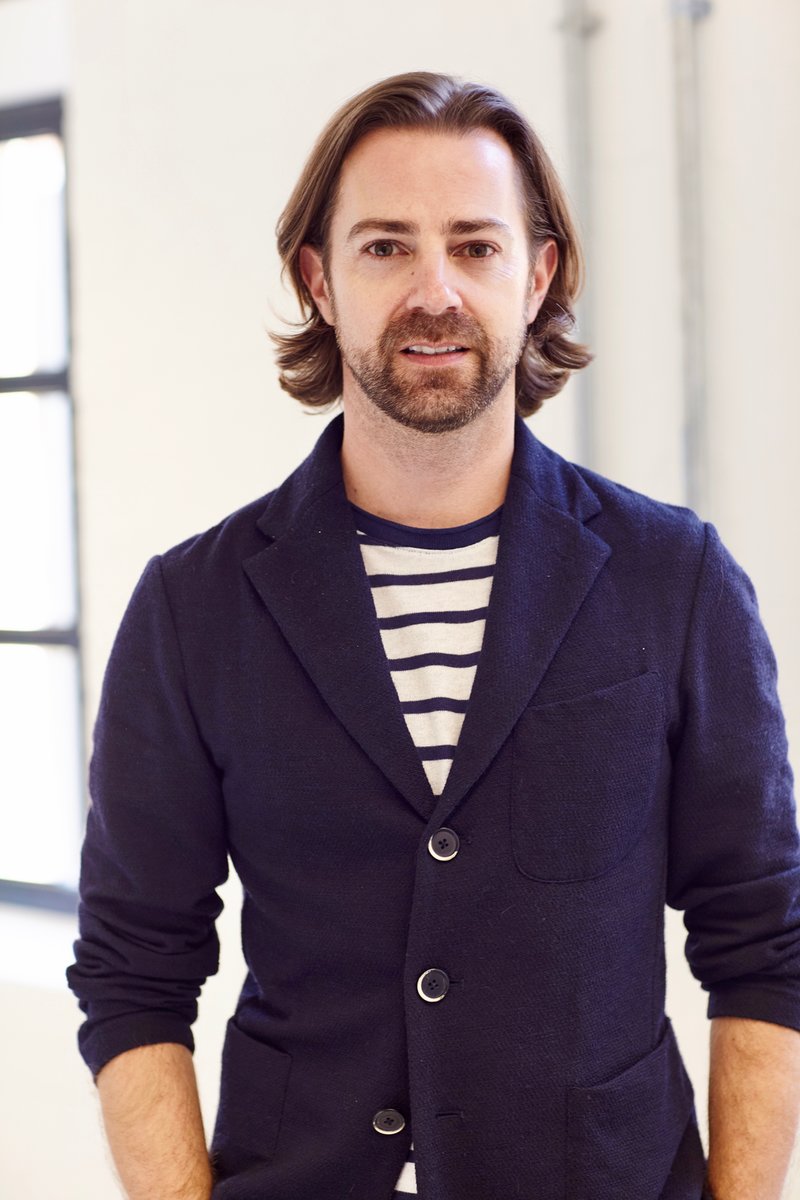How can the beauty industry reduce plastic waste?
The beauty industry is one of the top offenders in the packaging space when it comes to plastic waste. Following Plastic Free Beauty Day 2021 on 17 June, we hear from experts across the world of design and marketing about how the beauty industry can improve on sustainability and reduce plastic waste.
“The next challenge is to shift the semiotics of luxury”

Helen Hughes, sustainability director, Design Bridge
Engagement in Plastic Free Beauty Day has accelerated considerably over the past year, as the pandemic has ignited new levels of consciousness in all of us, which trickles down into our purchasing habits.
Yet the sustainable beauty movement still has a long way to go, and the next challenge is to shift the semiotics of luxury.
The past 100 years has told beauty buyers that 'premium' is glossy, polished and refined – which, more often than not, is made from non-recyclable plastic or heavy, cosmetic glass.
When beauty products are designed to make people feel as beautiful as the packaging they come in, how do we maintain this level of luxury while making genuine commitments to sustainability?
Recycled plastics and papers are part of the solution but also have their limitations, so the industry must take advantage of their higher price point and integral product and packaging experience to stress-test emerging materials and systems made from more sustainable resources.
The luxury beauty sector has a unique opportunity to be pioneers in the sustainability space and use its unique financial model to help scale more sustainable and regenerative solutions for the mainstream.
"A refillable model is a great way to put a product on track towards sustainability"

Jo Barnard, founder and CEO, Morrama
The beauty industry is the top offender for creating plastic waste, contributing to 120 billion units of packaging every year, and sadly most of it is not even recyclable.
Especially in the backdrop of Covid-19, which dramatically increased general single-use plastic use via the creation of PPE, use of disinfecting wipes and online shopping packaging, cosmetic brands have a responsibility to minimise the amount of plastic across their products.
A refillable model is a great way to put a product on track towards sustainability. It prolongs the use of material value, whilst minimising the new materials needed and lowering transport costs and CO2 emissions.
A perfect example of this is Wild – the world’s first zero-plastic refill deodorant. We partnered with them to design their case from aluminium and post-consumer recycled plastic, so it can be used again and again.
Combined with the unique paper pulp-based refills that are home compostable, the offering significantly reduces the impact consumers are having on the planet without them needing to change their behaviour.
However, to create a truly circular economy, we are going to have to take more responsibility as consumers. Even though there has been a huge development in the refills space, beauty brands need to realise that there is no one size fits all when it comes to refills and in some instances, they might not be the most sustainable solution at all.
Materials, form, operating system, and consumers’ needs for the refill need to be considered when deciding the type of refill in order to gain control of its end-of-life cycled. As we always say to our clients – let’s not start with the packaging but look at the actual product and make sure we’re designing around that.
“Brands must think bigger than PR-able green schemes and deliver real change”

Ollie Moore, strategy director, Path
When it comes to sustainability, the beauty and personal care industry isn’t so pretty: over 140 billion units of packaging are produced each year, emptied in a few weeks or left half-empty in the cupboard.
Microbeads and microplastics, travelling from sink to sea, cause irreparable damage to marine life. VOCs in fragrances and hairsprays contributing to air pollution, and palm oil in 70% of cosmetics playing a role in existential-grade deforestation.
This really jars with the values of its consumers, who are becoming more conscious of these discrepancies, thanks in part to watchdog platforms, like Estee Laundry and Think Dirty, have built awareness of ‘greenwashing’ and given people the tools to see through empty claims.
Brands must think bigger than PR-able green schemes and deliver real change. Changes can be in product; replacing potentially harmful ingredients with eco-friendly ones, like microbeads for coffee-grounds or plastic for bamboo.
Changes can be made in pack; like switching to bi-product materials or compostables, playing with pack format to reduce waste material, or removing packaging completely.
Circular models can be used to decouple consumption from environmental cost, and there are even carbon positive solutions that actively heal the planet.
It’s a chance to improve brand experiences, to innovate new products and services, and to make competitive strides and standout amongst consumers. Beauty doesn’t need to be bad business for the planet. The brands that succeed in the future are going to be the ones making it.
“Most brands are still using a lot of virgin plastic or cardboard in their packaging”

Nick Vaus, creative director, Free the Birds
Plastic Free Beauty Day is a great initiative to encourage brands to rethink their sustainable efforts. Most brands are still using a lot of virgin plastic or cardboard in their packaging.
The UK Government's new plastic packaging tax, arriving in April 2022, will be a catalyst for positive change in this area, but there’s a lot more work to be done, and with eco-awareness growing – particularly in the backdrop of the coronavirus pandemic – the industry does not have a lot of time to adapt.
An increasing number of FMCG brands are achieving B Corp status and it won’t be long before the cosmetics industry is expected to adhere to this same level of transparency and measurable impact on social and environmental issues.
Cosmetic brands not only need to embrace sustainable practices like biodegradable packaging and organic ingredients, but also be transparent about their efforts and help educate consumers on how to take care of the packaging after use to create a genuine, long-term impact on the sustainability agenda.
“Brands need to design and position their plastic-free alternative as the smarter option, not just the more sustainable one.”

Jenny Cook, strategist, Echo
The definition of sustainability is continuously evolving and as knowledge grows so do consumer expectations. Since Blue Planet II’s airing back in 2017 plastic has become enemy 101.
However, when it comes to our favourite beauty staples, many of us are reluctant to switch to plastic-free if it means a compromise.
Instead, brands need to design and position their plastic-free alternative as the smarter option, not just the more sustainable one. Refills, for example, offer a major win-win.
The durable container itself can be bespoke designed to create an elevated, signature experience whilst higher quality materials offer a premium, covetable finish.
Equally the refill itself is not only more cost-effective but it will also take up less room for transportation and reduce a product's carbon footprint.
Whilst we can’t expect brands to be perfect overnight, it’s important for consumers to be a part of the conversation and understand a company's sustainability roadmap and make themselves accountable.
With 58% of companies in America’s S&P 500 Index now publishing a sustainability report, up from 37% in 2011, now it’s time for all brands to share their progress and be transparent.
Comment